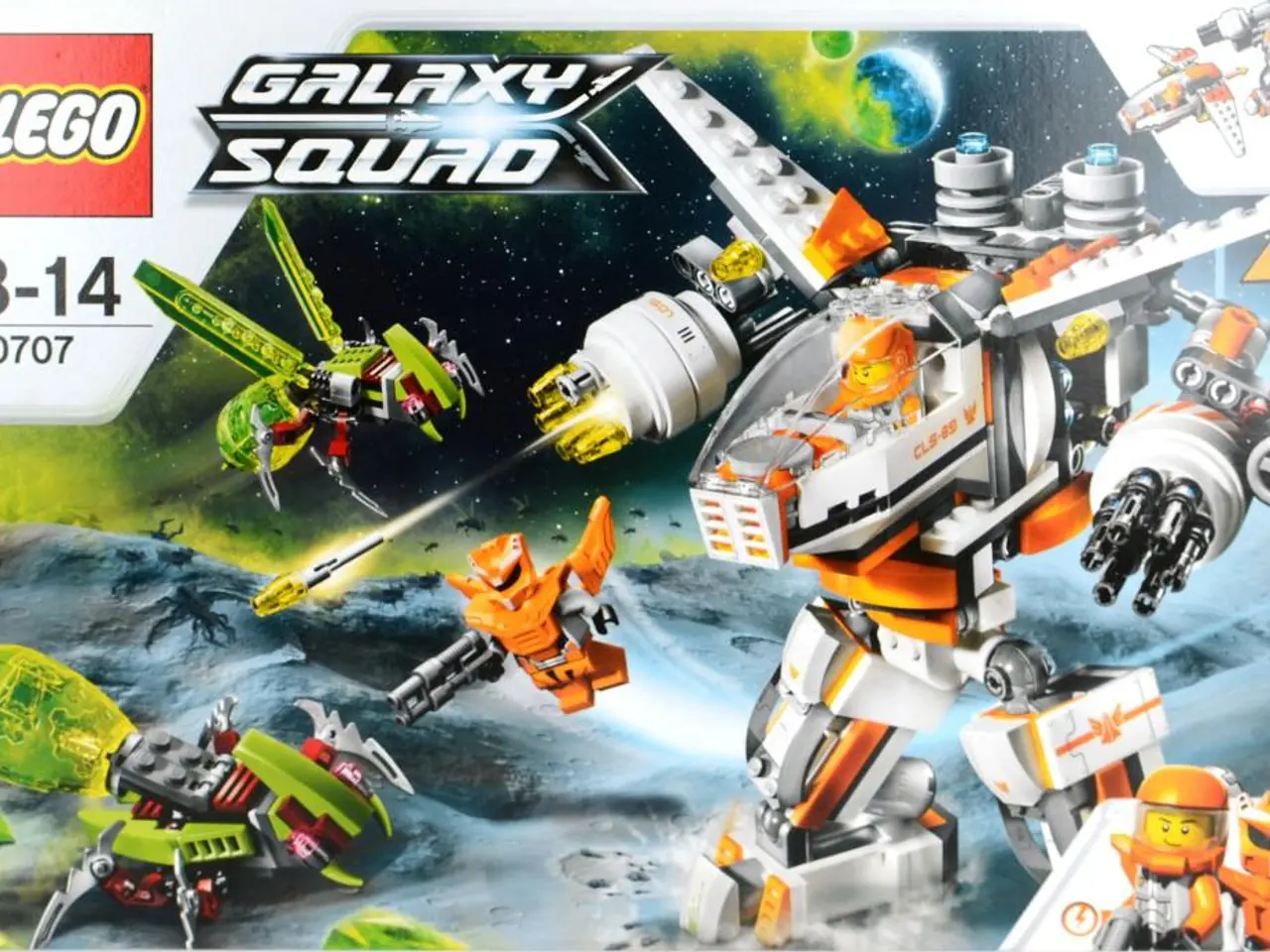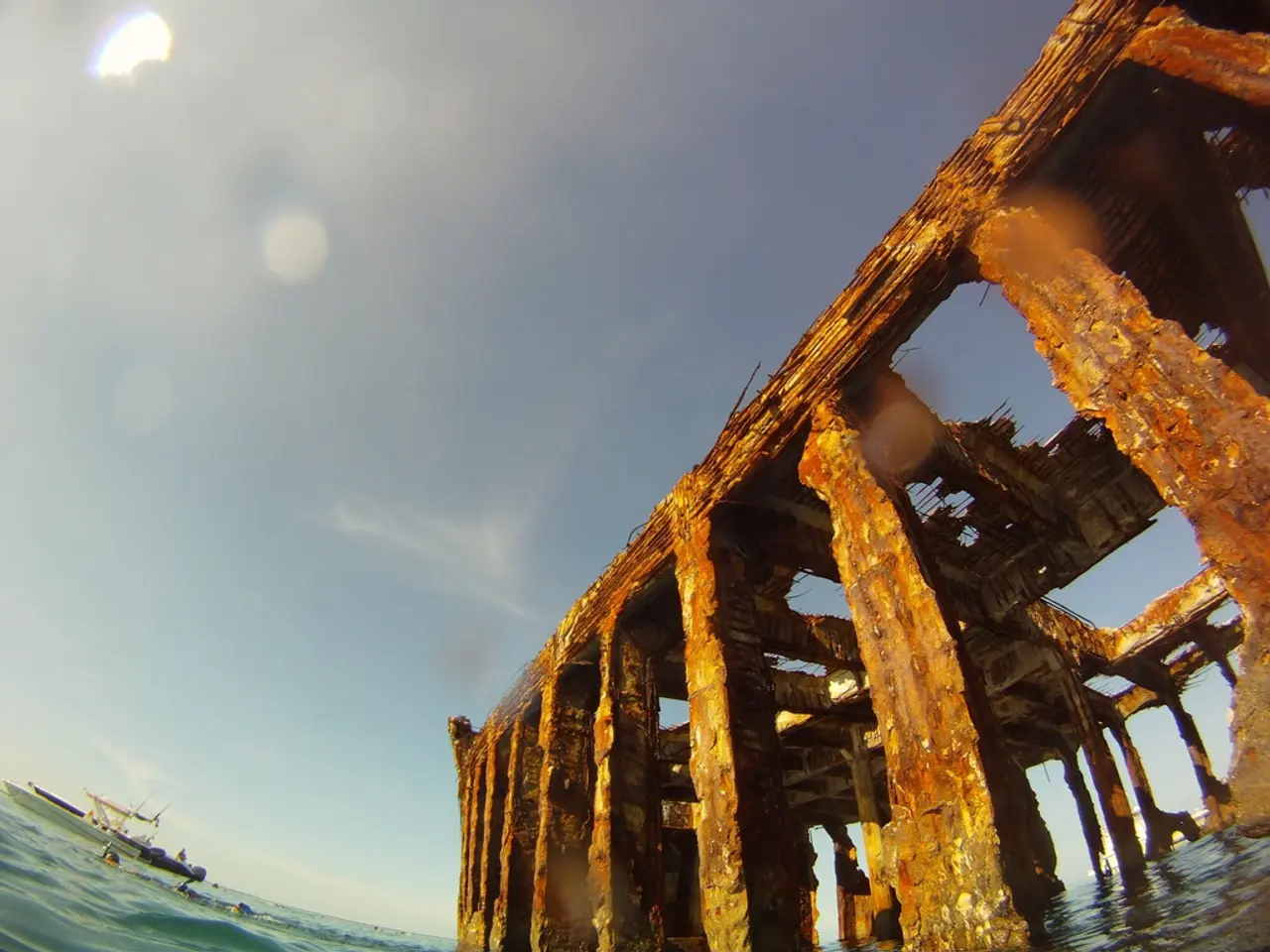Space travelers en route to orbital habitat
The International Space Station (ISS) continues its remarkable journey, having been continuously inhabited since 2000. Currently, a new crew, including American astronauts Zena Cardman, Mike Fincke, Japan's Kimiya Yui, and Roscosmos cosmonaut Oleg Platonov, are aboard the SpaceX Crew Dragon capsule named Endeavour. They lifted off at 11:43 am from Kennedy Space Center in Florida on a six-month mission, known as Crew-11, to conduct various experiments and simulations [1].
One of the unique aspects of the Crew-11 mission is the study on microgravity's influence on crop growth, with Armenian pomegranate seeds among the cargo items. This research is part of the ongoing efforts to explore the Moon, particularly near the lunar South Pole, under the United States-led Artemis program. The astronauts will simulate Moon landing scenarios during their stay, testing how shifts in gravity affect their ability to pilot spacecraft [2].
The ISS serves as a vital testbed for research supporting deeper space exploration, including eventual missions to Mars. Despite strained relations with the US at the start of the Ukraine war, Russia has confirmed its commitment to deorbiting the ISS in 2030. The ISS's orbit will be gradually lowered until it disintegrates in the atmosphere over Point Nemo, a remote area of the Pacific Ocean [3].
NASA's strategy is to foster commercial and international collaboration in low Earth orbit (LEO) to reduce costs and sustain human presence in space beyond the ISS lifetime. The agency plans to retire the ISS in the early 2030s, with NASA and commercial partners like Axiom Space ensuring continuity of human presence in LEO via private space stations starting in the late 2020s. Axiom's first commercial module is scheduled for launch in 2025 and will dock with the ISS, marking the beginning of a new era of private orbital habitats supporting science and commerce [1][2].
US-Russia cooperation on ISS operations continues at present, including mission management and expedition planning, with some procedural changes such as longer crew stays being adopted. Though geopolitical tensions exist on Earth, Russia and the US continue operational cooperation on the ISS, supported by the mutually dependent nature of the station’s life support and mission control systems. There are no current official announcements of ending cooperation on the ISS or its operations as of mid-2025 [4].
The Crew-11 mission is a part of the ongoing efforts to explore the Moon under the Artemis program and a continuation of NASA's Commercial Crew Program, which aims to partner with private industry to succeed the Space Shuttle era. The Endeavour capsule has previously flown four NASA missions and a private mission [1].
In summary, the ISS will likely be retired in the early 2030s, with NASA and commercial partners like Axiom Space ensuring continuity of human presence in LEO via private space stations starting in the late 2020s. US-Russia cooperation on ISS operations continues at present, and NASA emphasizes transitioning to a commercial-led LEO economy to maintain US leadership in space with broad international partnerships.
References: 1. NASA press release 2. Axiom Space press release 3. Roscosmos press release 4. NASA fact sheet
- The Crew-11 mission, which involves astronauts from the United States, Russia, and Japan, is currently aboard the ISS, conducting experiments and simulations as part of NASA's Commercial Crew Program and the Artemis program's lunar exploration efforts.
- Despite geopolitical tensions, Russia is still cooperating with the United States on ISS operations, as the mutual dependency of the station’s life support and mission control systems necessitates it.
- In the future, the ISS is expected to be retired by NASA in the early 2030s, while NASA and commercial partners like Axiom Space aim to ensure continued human presence in low Earth orbit (LEO) through private space stations scheduled to launch in the late 2020s.




